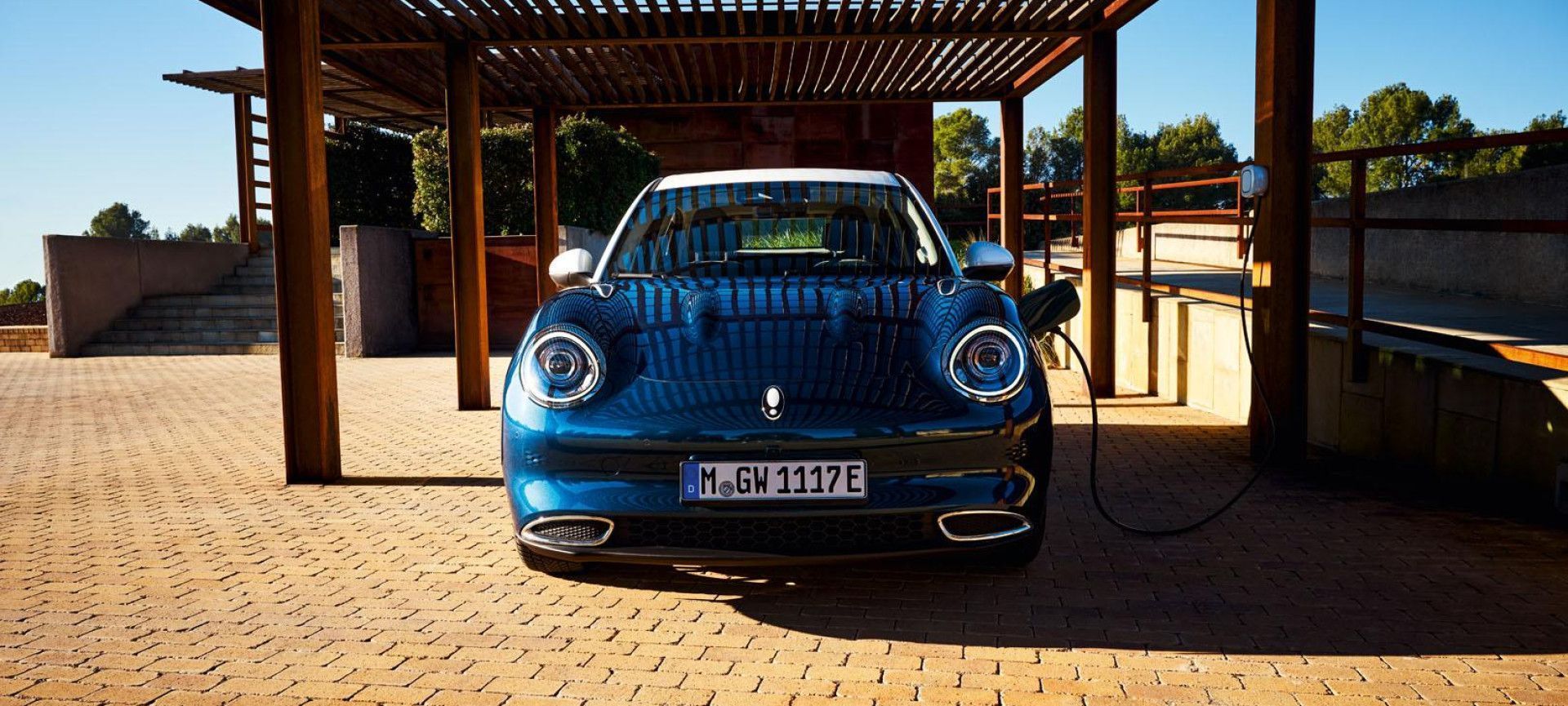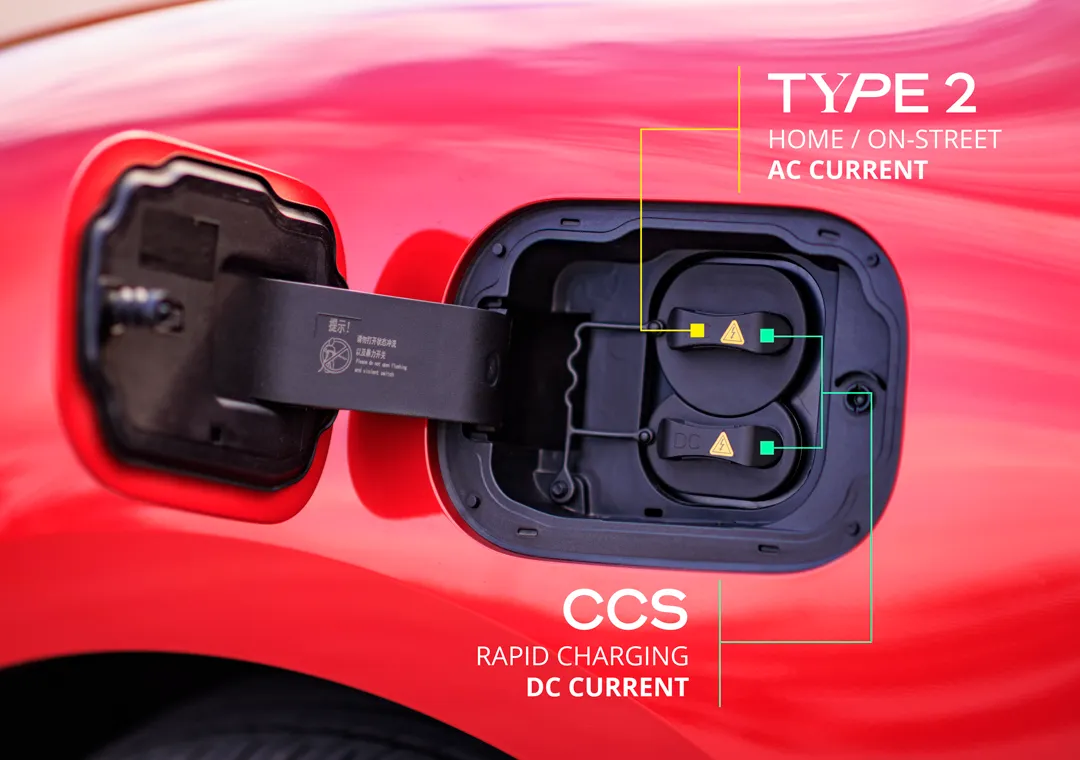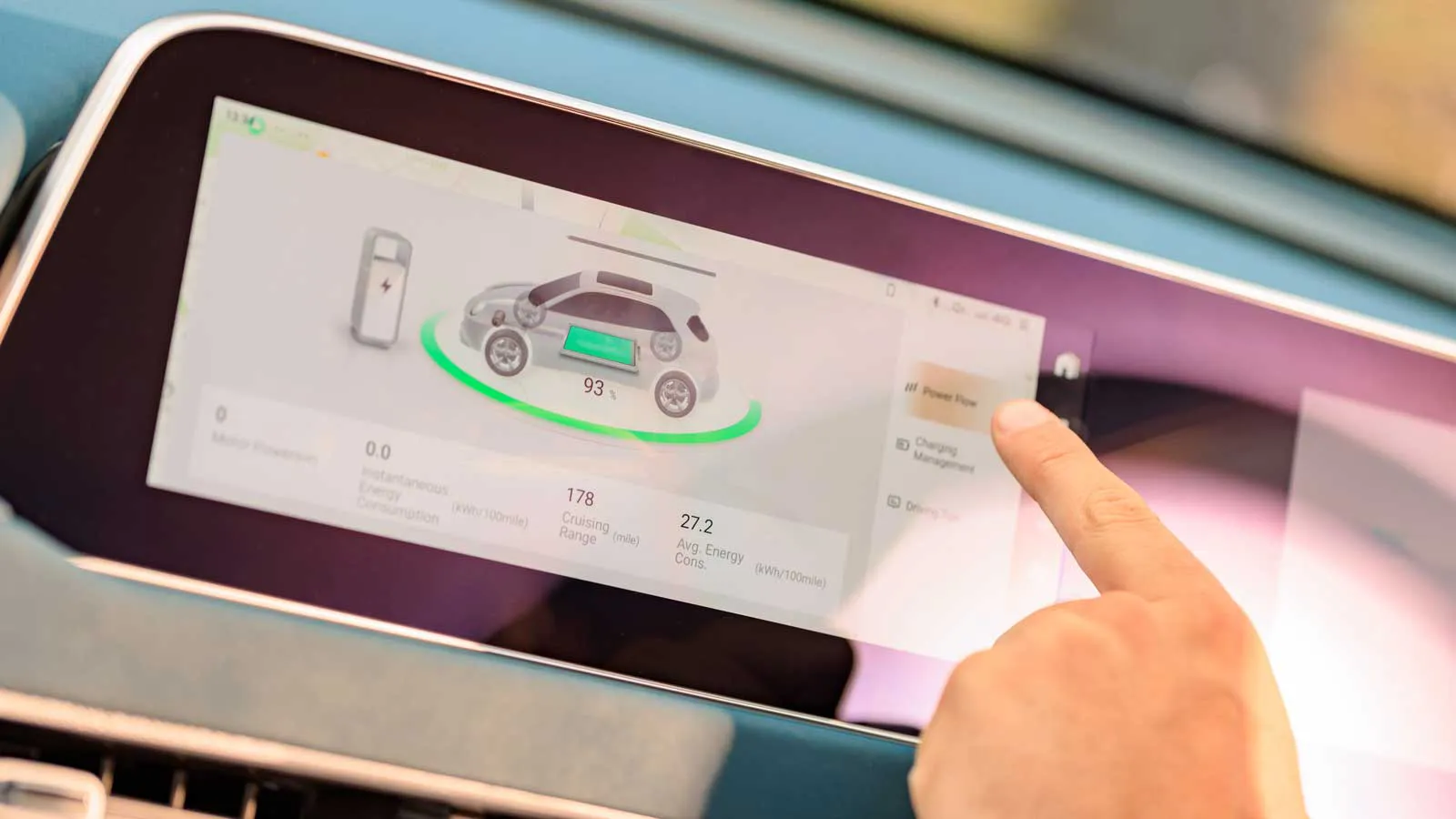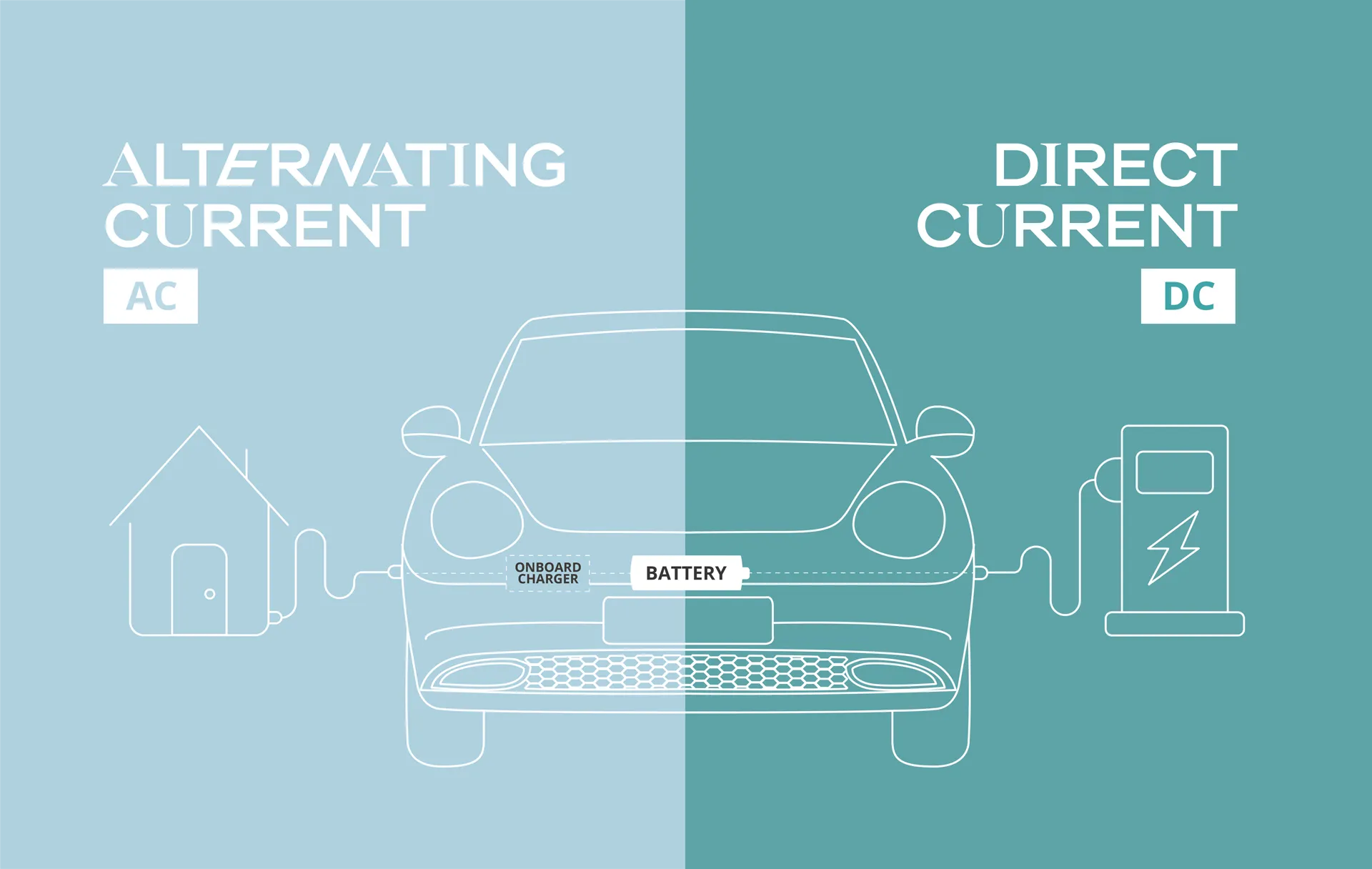
Charging
CHARGING YOUR ORA FUNKY CAT
If it’s your first time making the switch to an electric vehicle, then charging can often be one of the more daunting aspects of the experience. Don’t worry, we’re here to help. The team at GWM ORA want to make EV’s easy, which is why we’ve put together this handy guide on all things charging for the ORA Funky Cat.
First things first, there are three ways to charge your ORA.
|
Publicly, on the street  |
Publicly, at a rapid charger  |
Privately, at home  |
How does charging actually work?
The ORA comes with a combined charging system (CSS). In other words, one socket for all three ways of charging.

The CCS socket is split into two sections: the top section is for charging at home or on the street on an AC current.
The bottom section is for rapid charging the vehicle using a DC current.
More on AC/DC later.
How long does charging take?
CHARGING AT HOME15 – 80% charge – |
ON-STREET CHARGING15 – 80% charge – |
RAPID CHARGING15 – 80% charge – |

What about charging 0% - 100%?
Most car manufacturers quote their charge times with the assumption the battery won’t ever get down to zero.
As with all EVs, charging from 80% – 100% also takes the longest. It’s a bit like filling up a jug with water – when it gets to the top, you have to pour the rest in slowly so it doesn’t spill.
It’s also best to keep your battery charge levels between 10%-80% to increase its life and longevity.
What's AC/DC? Power?
Power from the grid is always AC. It’s converted into ‘battery power’ using the car’s internal onboard converter – converting the AC power into DC power, which is then fed into the car battery. When you come across ‘AC’ it will always refer to home charging and on-street charging.
With DC power from rapid chargers, the DC converter is inside the charge point itself (rather than inside the car). Because it feeds power directly into the car without it going through the car’s onboard converter, it can charge at a much faster rate.
